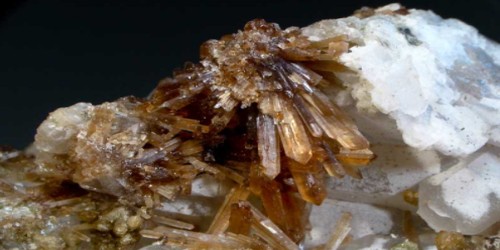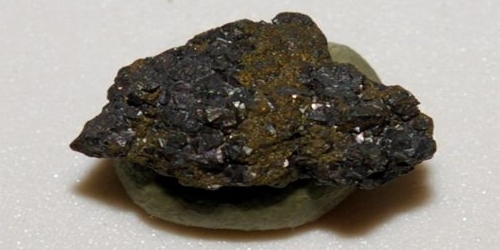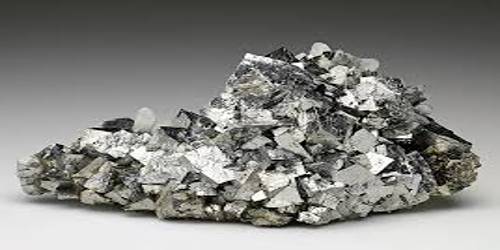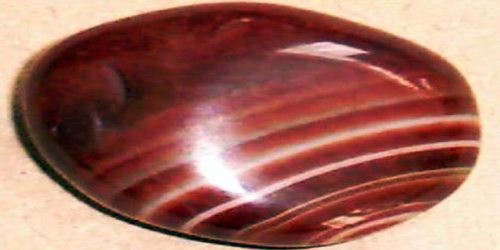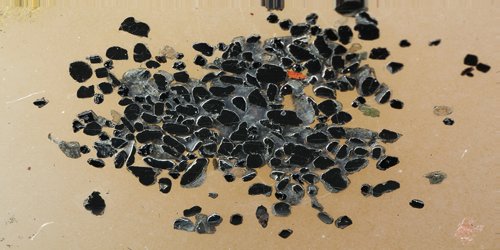Eosphorite is a brown (occasionally pink) manganese hydrous phosphate mineral with chemical formula: MnAl(PO4)(OH)2·H2O. It is used as a gemstone. It is an orthorhombic-dipyramidal mineral containing aluminum, hydrogen, manganese, oxygen, and phosphorus. It is an attractive transparent pinkish orange crystal has been faceted. It forms from the alteration of primary granitic phosphates such as lithiophilite and triphylite when aluminum and water are available.
It was first described in 1878 for an occurrence in the Branchville Mica Mine in Branchville, Fairfield County, Connecticut, US. Its name is derived from the Greek έωσφορος for “dawn-bearing,” because of its pink color.
General Information
- Category: Phosphate mineral
- Formula: MnAl(PO4)(OH)2H2O
- Crystal system: Orthorhombic
- Crystal class: Dipyramidal (mmm)
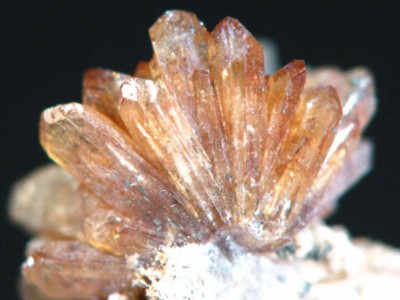
Properties
Eosphorite forms yellowish brown, pink and sometimes colorless crystals. The crystals are monoclinic, but often show pseudo-orthorhombic forms due to twinning. The two endmembers are isostructural but differ in their properties, such as crystal habit, coloration, and optical properties.
- Color: usually pale brown, golden brown, also medium brown to dark brown; occasionally pink, rose red
- Crystal habit: Prismatic in radiating sprays or spheres, massive; twinned pseudo-orthorhombic
- Fracture: Subconchoidal to uneven
- Mohs scale hardness: 5
- Luster: Vitreous, resinous
- Streak: White
- Diaphaneity: Transparent to translucent
- Specific gravity: 3.06 – 3.08
Eosphorite crystallizes in the monoclinic crystal system. It forms slender prismatic crystals which often form radiating or spherical clusters. The crystals often show pseudo-orthorhombic forms due to twinning.
Occurrence
It occurs worldwide typically as a secondary mineral in phosphate-rich granitic pegmatites in association with rhodochrosite, lithiophilite, triphylite, triploidite, dickinsonite, albite, cookeite, apatite, beryllonite, hydroxyl-herderite, and tourmaline. An attractive combination of eosphorite and rose quartz occurs at Taquaral, Minas Gerais, Brazil.
Associated minerals include rhodochosite, lithiophilite, triplodite, dickinsonite, albite, cookeite, apatite, beryllionite, hydroxylherderite, and tourmaline.
Information Source
